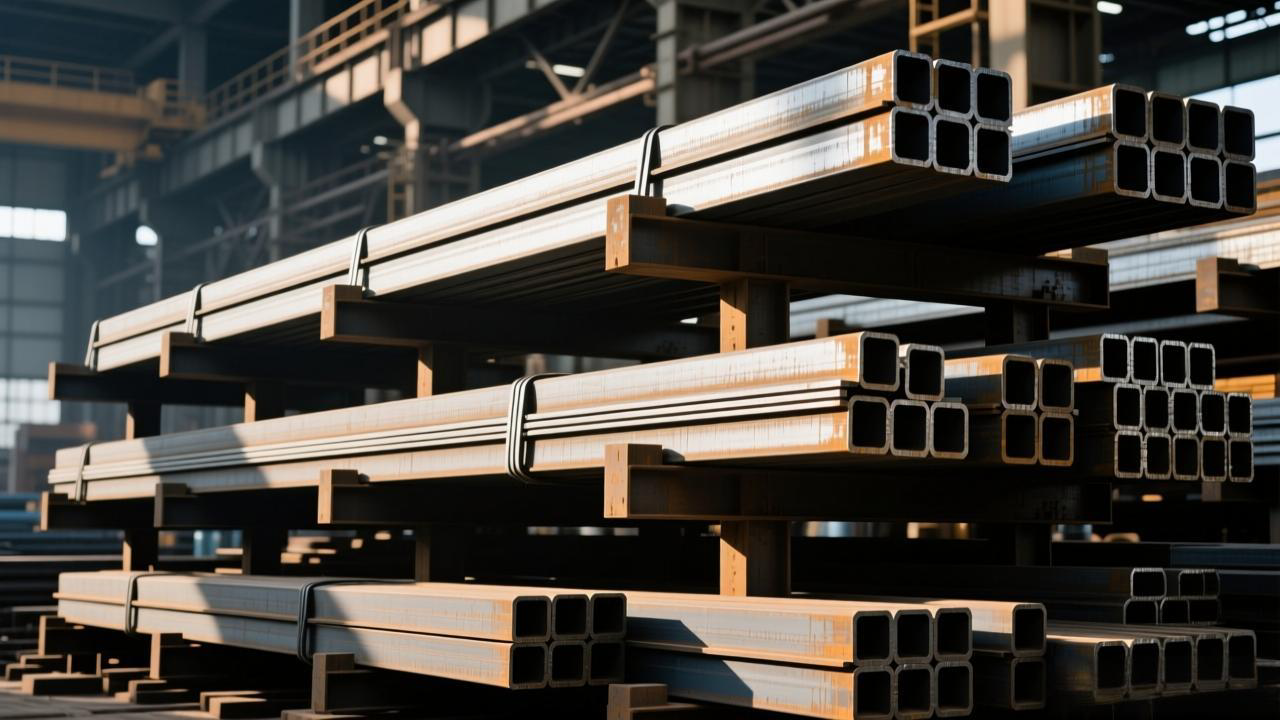1、 Core event: US tariffs impact global trade pattern
Key policy: The US government announced in October 2025 that it would impose a 25% tariff on Chinese steel, covering major categories such as hot-rolled coils and rebar, with a 5 percentage point increase in tax rates compared to the previous period. This directly led to a sharp decline in China's steel exports to the United States, with a 16.9% decrease in license applications in August compared to the previous month.
Market response:
Chinese steel exporters have turned to emerging markets such as Southeast Asia and the Middle East, with export volumes increasing by 9.2% year-on-year from January to September;
The delivery volume of domestic steel companies in the United States increased by 8.9% year-on-year, but their price competitiveness weakened;
The EU maintains a 43% anti-dumping duty on stainless steel from China to curb the impact of low-priced imports.

2、 Supply and demand fundamentals: Global market differentiation intensifies
Supply side:
China's crude steel production continues to contract, with a year-on-year decrease of 4.6% in September, indicating the effectiveness of capacity regulation policies;
The operating rate of blast furnaces in the United States remains high, but profit margins have narrowed under cost pressures.
Demand side:
The seasonal decline in demand for construction steel has dragged down overall consumption due to the sluggish real estate market in China;
The demand for steel in the manufacturing industry is growing, and the export of high-end steel is driven by the fields of new energy vehicles and ships.
Inventory and price:
China's social inventory decreased by 7.2% month on month, but factory inventory pressure increased;
The FOB export price of hot coil is $440/ton, which is $15/ton lower than Southeast Asia, and the price difference advantage supports export resilience.
3、 Regional market dynamics
Asia:
China's steel exports to the "the Belt and Road" countries accounted for more than 60%, and the imports of Saudi Arabia and the United Arab Emirates increased by more than 10% year on year;
Japan's steel exports increased by 82% month on month, but the slowdown in global demand has suppressed long-term growth.
America:
US steel companies are facing dual pressures of tariffs and costs, with some transitioning towards high value-added products;
Brazil and Mexico's exports to the United States have decreased by over 15% month on month.
Europe:
The British Metal Fair focuses on green steel technology and promotes low-carbon transformation in the industry
The German economic recovery is weak, and the growth of steel demand is limited.
4、 Future outlook: Policy and cost game dominant
Short term expectations:
The expectation of the Federal Reserve cutting interest rates is heating up, which may alleviate the financing pressure on steel companies;
The implementation of China's "trade in" policy is expected to boost demand for steel for household appliances and automobiles.
Long term challenge:
The normalization of global trade frictions and frequent anti-dumping investigations;
Iron ore supply is loose, cost support is weakened, and steel prices may continue to fluctuate.
(Note: Suggested image direction: 1.) Accumulation of steel containers in American ports; 2. China's steel export route map; 3. Comparison chart of global steel price trends. )(AI generated)
Post time: Oct-30-2025

